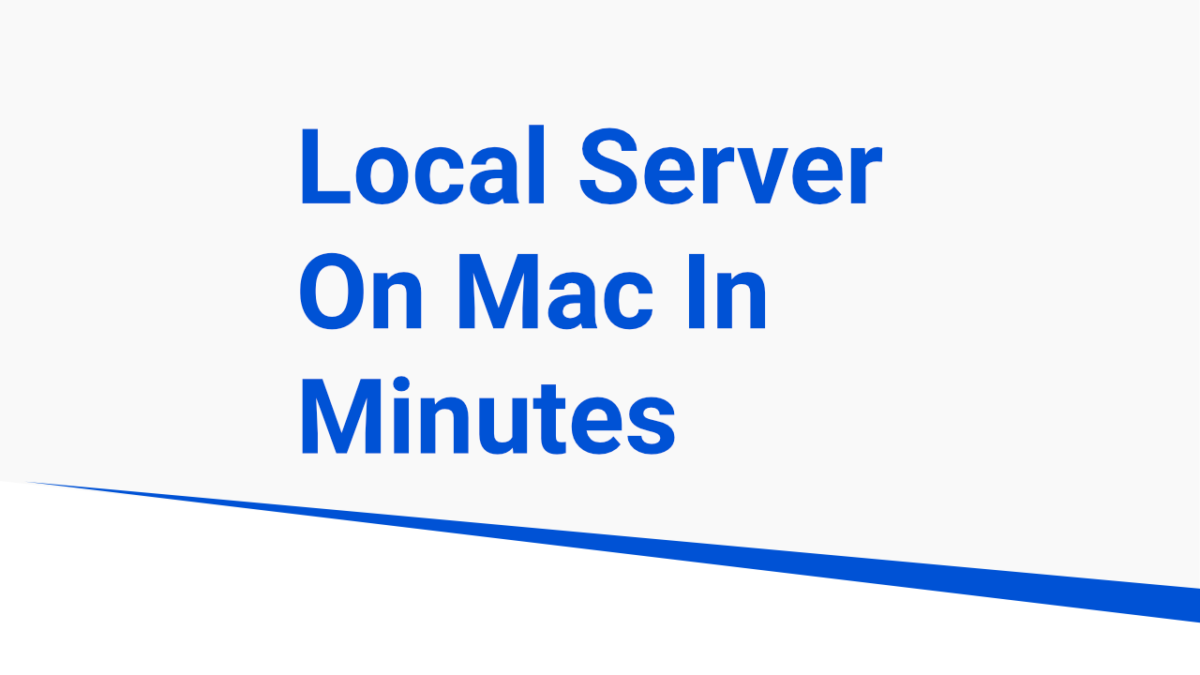Find below code snippets for Redirection, Change your domain name accordingly HTML Redirect / Javascript Simple Html + Javascript Redirect FallBack – Redirect if Javascript is not Allowed Redirection With Meta Tag in Delayed Seconds This is 5 seconds Delayed delay as you like INIT Function With HTML Redirection Apache Server .htaccess Redirections Permanent Redirect […]

